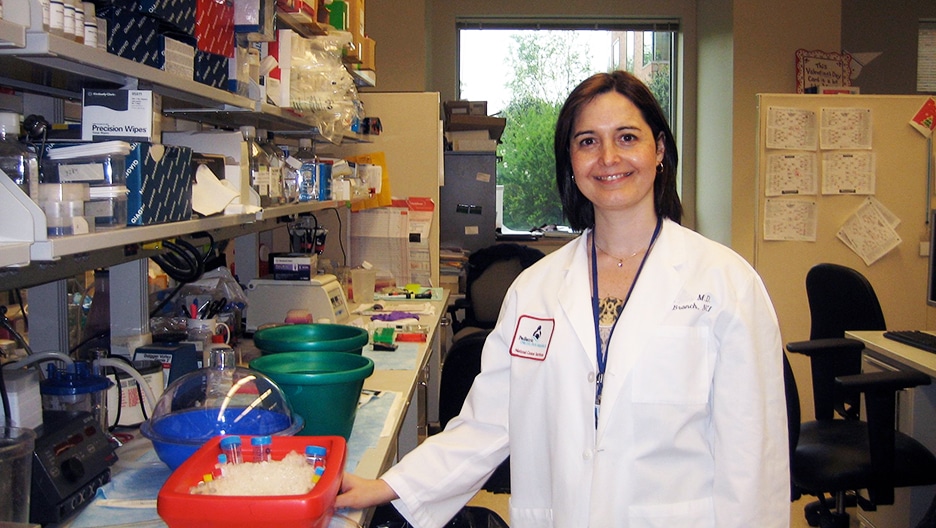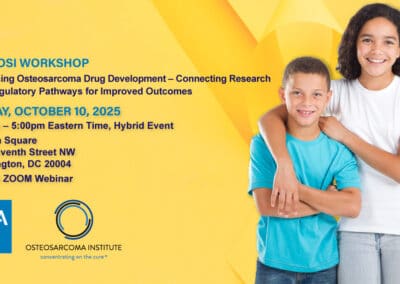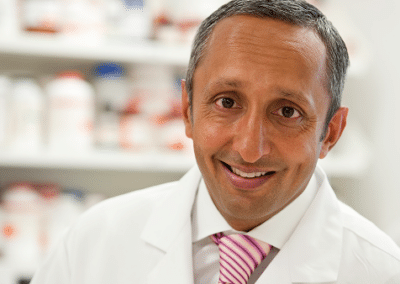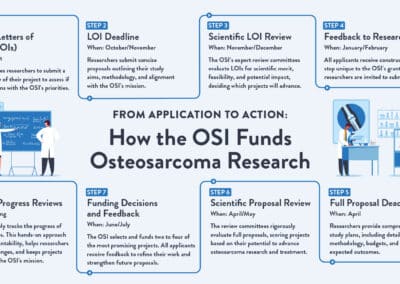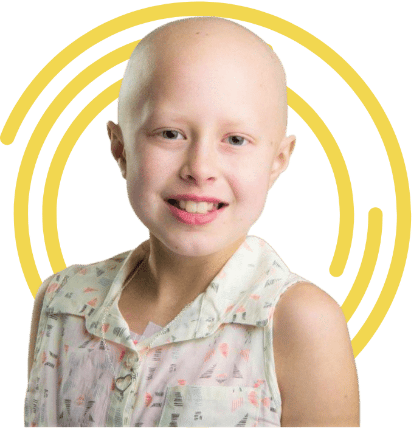Challenge #1: Limited Data
Rare disease research and development is typically supported by smaller datasets. Acquisition of relevant biological samples continues to be a key priority to advance preclinical science.
Dr. Arnaldez says there is ample cause for hope, though. Within the patient community, there is an effort to crowdsource data to widen the sample set available to scientists. Osteosarcoma data gathered through the TARGET initiative is widely available to scientists, and a number of other groups are actively sharing clinical data, genomics data, protein data, and pathology images — breaking down the barriers to effective scientific progress.
Challenge #2: Fewer Clinical Trials
Even after a scientist has discovered a promising treatment, a smaller patient population makes it harder to assemble a demographically diverse clinical trial to test the drug’s safety, tolerability, and efficacy.
“It sounds simple, but when your numbers are very small, it is not that easy,” explains Dr. Arnaldez.
However, physicians, scientists, and regulators are pushing innovation to run clinical trials that are efficient, fast, and with high data quality. An example of this is how the measures of “success” (endpoints) have evolved from overall survival (OS), progression-free survival (PFS), or tumor measurements (overall response rate — ORR) to start including “surrogate endpoints”: biomarkers, quality of life, and other functional measures.
Challenge #3: Disease Complexity
Drug development for osteosarcoma is especially challenging due to the complexity of the disease. “Few diseases in oncology can be cured with one agent and one agent only. We are working to figure out what is the best strategy to use the most efficient combination of the available treatments in sequence, in parallel, intermittently, or continuously.”
